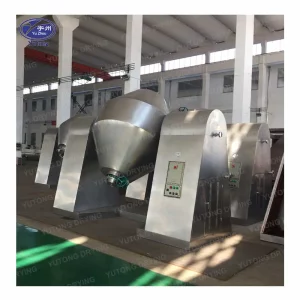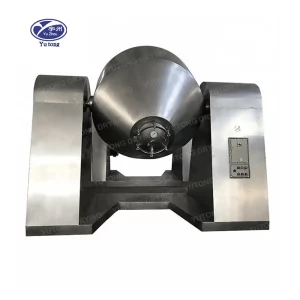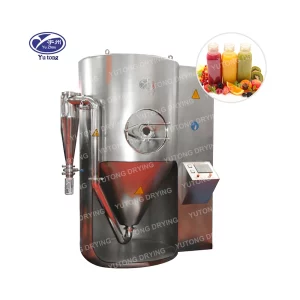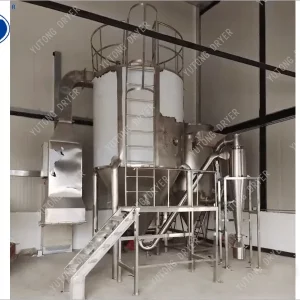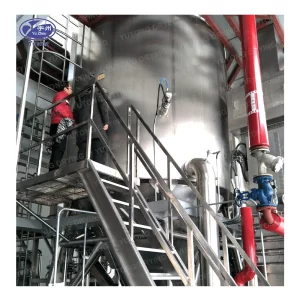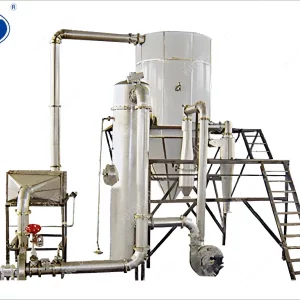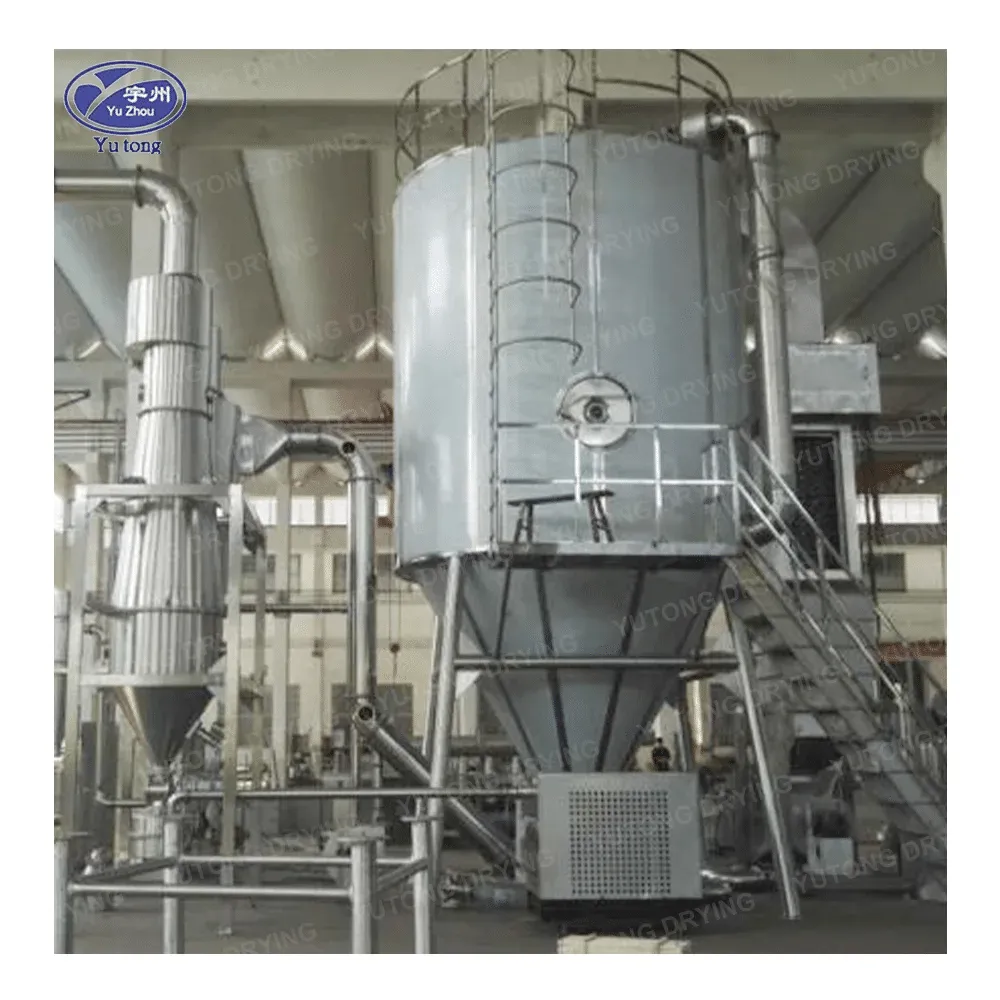Vacuum drying is a specialized drying process that offers several significant advantages and finds widespread use in various industries. This method involves subjecting a material to a reduced pressure environment, which accelerates the removal of moisture and provides unique benefits compared to traditional drying methods.
Advantages of Vacuum Drying
1. Preservation of Product Quality
One of the primary advantages of vacuum drying is its ability to preserve the quality of the dried product. Since the drying occurs at lower temperatures compared to conventional methods, there is less risk of heat damage to heat-sensitive materials. This is particularly crucial in industries such as pharmaceuticals, where active ingredients can be degraded by high temperatures. In the food industry, vacuum drying can help retain the flavor, color, and nutritional value of delicate products like fruits, vegetables, and herbs. For example, vacuum-dried strawberries maintain their vibrant color and taste much better than those dried using traditional methods.
2. Enhanced Drying Efficiency
The reduced pressure environment in vacuum drying lowers the boiling point of water, allowing moisture to evaporate more quickly. This results in shorter drying times and increased productivity. Additionally, the lower pressure helps to remove moisture more thoroughly, as the vapor pressure differential between the material and the surrounding atmosphere is increased. This can lead to a more complete drying process and a lower final moisture content, which is important for many applications where moisture can cause spoilage, degradation, or reduced performance. For instance, in the electronics industry, vacuum drying is used to remove moisture from printed circuit boards to ensure their reliability and performance.
3. Improved Control over the Drying Process
Vacuum drying allows for more precise control over the drying conditions. The reduced pressure environment enables operators to fine-tune the temperature and humidity, ensuring that the drying process is optimized for the specific material being dried. This can result in a more consistent and reproducible drying process, which is essential for industries where quality control is critical. For example, in the production of specialty chemicals, vacuum drying can be used to achieve specific moisture levels and particle sizes, ensuring the product meets the required specifications.
4. Reduced Energy Consumption
Since vacuum drying occurs at lower temperatures, less energy is required to heat the material. Additionally, the reduced pressure environment can help to reduce the amount of energy needed to remove moisture, as the vapor pressure differential is increased. This can lead to significant cost savings over time, especially for large-scale industrial applications. For instance, in the paper industry, vacuum drying can be used to dry paper pulp more efficiently, reducing energy consumption and production costs.
5. Ability to Handle Difficult Materials
Vacuum drying is particularly useful for drying materials that are difficult to dry using conventional methods. Materials with high moisture content, viscous or sticky substances, and materials that are prone to oxidation or degradation can be effectively dried using vacuum drying. The reduced pressure environment helps to prevent oxidation and degradation, while also facilitating the removal of moisture from these challenging materials. For example, in the cosmetics industry, vacuum drying is used to dry delicate emulsions and gels without causing separation or degradation.
Common Applications of Vacuum Drying
1. Pharmaceuticals
In the pharmaceutical industry, vacuum drying is widely used to dry drugs, active ingredients, and biological products. The low-temperature drying process helps to preserve the activity and stability of these sensitive materials. Vacuum drying is also used to remove residual solvents from drug formulations, ensuring product safety and compliance with regulatory standards. For example, vacuum drying is used to produce freeze-dried vaccines, which have a long shelf life and can be easily stored and transported without refrigeration.
2. Food Industry
The food industry uses vacuum drying to preserve the quality of perishable foods. Fruits, vegetables, and meats can be vacuum-dried to remove moisture and extend their shelf life. Vacuum-dried foods retain their flavor, color, and nutritional value better than those dried using traditional methods. Additionally, vacuum drying is used to produce instant foods, such as coffee, tea, and soups, by quickly removing moisture and creating a powdered product that can be easily reconstituted. For example, vacuum-dried fruits are popular as healthy snacks and can be added to cereals, yogurts, and baked goods.
3. Electronics Industry
In the electronics industry, vacuum drying is used to remove moisture from printed circuit boards, semiconductor devices, and other sensitive components. Moisture can cause corrosion and electrical failures, so it is essential to ensure that these components are completely dry. Vacuum drying is a highly effective method for removing moisture without causing damage to the delicate electronic components. For example, vacuum drying is used in the production of smartphones and other electronic devices to ensure their reliability and performance.
4. Chemical Industry
The chemical industry uses vacuum drying to dry specialty chemicals, pigments, and catalysts. The precise control over the drying process offered by vacuum drying is essential for producing high-quality chemicals with specific properties. Vacuum drying can also be used to remove residual solvents from chemical formulations, ensuring product purity and safety. For example, vacuum drying is used to produce high-performance pigments for the paint and coatings industry.
5. Materials Science
In materials science, vacuum drying is used to prepare materials for further processing or analysis. For example, vacuum drying is used to dry powders, nanoparticles, and thin films. The low-temperature drying process helps to prevent damage to these delicate materials and ensures that they retain their desired properties. Additionally, vacuum drying can be used to remove moisture from materials before they are used in composite materials or other applications where moisture can affect the performance of the final product.
In conclusion, vacuum drying offers a range of advantages and finds common applications in various industries. Its ability to preserve product quality, enhance drying efficiency, improve process control, reduce energy consumption, and handle difficult materials makes it a valuable tool for many manufacturing processes. As technology continues to advance, the applications of vacuum drying are likely to expand even further, providing new solutions for drying challenges and contributing to the development of innovative products.

